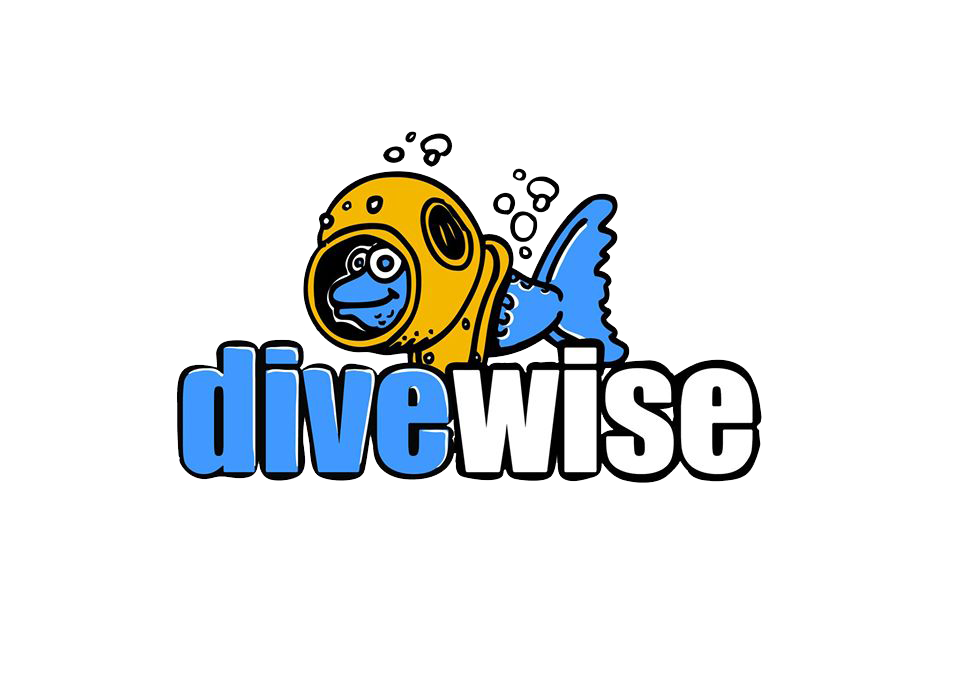Hello everybody, glad you could join me again. Now to continue enlightening you about the Mediterranean marine life.
Last time I talked about Aplysina Aerophoba, a sponge which is fairly common. So now we will look at another specimen called Petrosia Ficiforms. Sounds like a spell from Harry Potter, doesn’t it! Its meaning is from Greek, Petra = rock, physis = nature and forma = shape, or ‘naturally shaped rock’.
CONTENTS:
Where can they be found
Petrosia Ficiformis is found on the underside of rocks, on overhangs and in caves between 5 and 70 m deep.
The species has been described at the following locations: Adriatic Sea, Aegean Sea, Azores, Canaries, Madeira, Cape Verde, Ionian Sea, Levantine Sea, Mediterranean Sea, North Atlantic, Tunisian Plateau/Gulf of Sidra, West Africa, and Western Mediterranean.

What do they look like
Petrosia Ficiformis is usually purple-brown in colour due to symbiosis with photosynthetic cyanobacteria, but can be white in the absence of light. It has a compact, hard texture, with spherical oscula (mouth like aperture – hole) irregularly spread over the surface.
It is one of the sponges which produces acetylenes, which are isolated for different purposes in industry. It provides this sponge protection through its antimicrobial and antifungal activity.

What eats this sponge
Petrosia Ficiformis is the main and preferred food of the nudibranch Peltodoris Atromaculata (common name Discodorididae or Leopard sea slug), which is generally found on this sponge. They accumulate the chemical compounds of the sponge in their digestive tract, where it has been revealed that secondary metabolites called petroformines have been examined to be cytotoxic (cell killing) in laboratory experiments and the animals uses it as a chemical defence mechanism.

Where in Malta can we find it
The picture below is of Petrosia Ficiformis with three Disco Doris (as I call them) residing on it. This particular specimen is located at the foot of The Statue of Christ (more commonly known amongst Divewise clientele as Alan’s son!). If you look at the reef wall that the statue is looking at, down to your left, just at the bottom of the wall is the sponge. Do take a look next time your there.
The reef at the Imperial Eagle, where the statue is, is the only place I find this nudibranch on Malta. Most other times it is around the Blue Hole and Inland Sea on Gozo.

What is a Disco Doris
Disco Doris is one of the bigger nudibranchs we have around our shores, growing usually to 5 – 7cm or can be up to12cm in length. Their name is derived from the Latin words Atro – which is the default form of the Latin word ater, which means black. Maculata, from the maculatus – spotted and Pelto, from Latin Pellis – skin / hide. Doris is a marine divinity that gives its name to the doridacean nudibranchs. Doris was the daughter of Oceanus and Tethys. She also married the sea god Nereus. They were the parents of the 50 sea nymphs or Nereids.
This nudibranch is found almost exclusively in the Mediterranean Sea.
Below is a photograph of a Disco Doris I found on the reef at The Inland Sea. These dorids can retract their gills into a pocket as a form of protection. Not all dorids can retract their gills and those that can are part of a group call cryptobranchia.

How can I see this all
If you want to have a trip out to dive the Imperial Eagle, you will have to have completed your Deep Specialty. The wreck lies at 36mtr, to 42mtr to the floor and the statue sits in 36mtr up to 34mtr.
If you want any information regarding the Deep Specialty please email Viv at Divewise at info@divewise.com.mt
Watch out for the next instalment. Thanks for reading the blog.
Written by: Sarah Shaw




